Switzerland is home to two wild cat species: The European wildcat and the Eurasian lynx.
More About Switzerland
Switzerland is a small country in the middle of Europe, surrounded by France, Germany, Italy, Austria, and tiny Liechtenstein. It’s famous for its huge, snowy mountains called the Alps, where people ski and climb, and for pretty lakes like Lake Geneva.
The country has three main parts: the Jura Mountains in the northwest with lots of forests, the Swiss Plateau in the middle where most people live and farm, and the Alps in the south and east that cover more than half the land.
Species Data: Switzerland Wild Cats
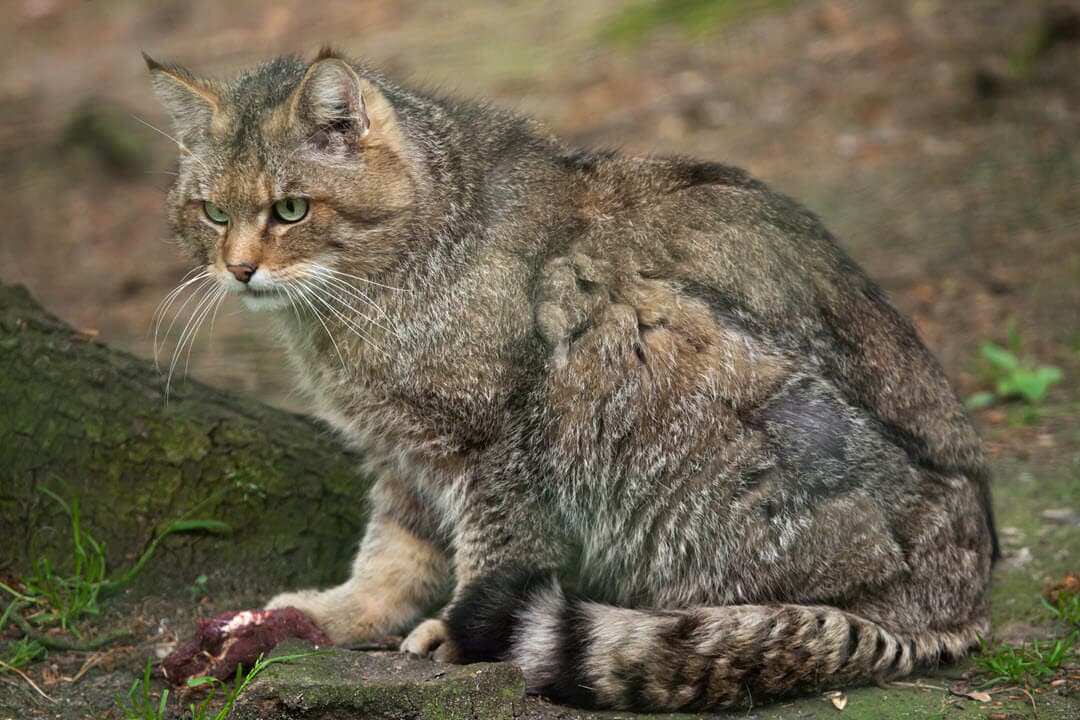
Felis silvestris silvestris
The European wildcat species is found throughout Europe, including Scotland, Sicily and Crete, usually in forested areas. Larger than a domestic cat with grey and brown fur.
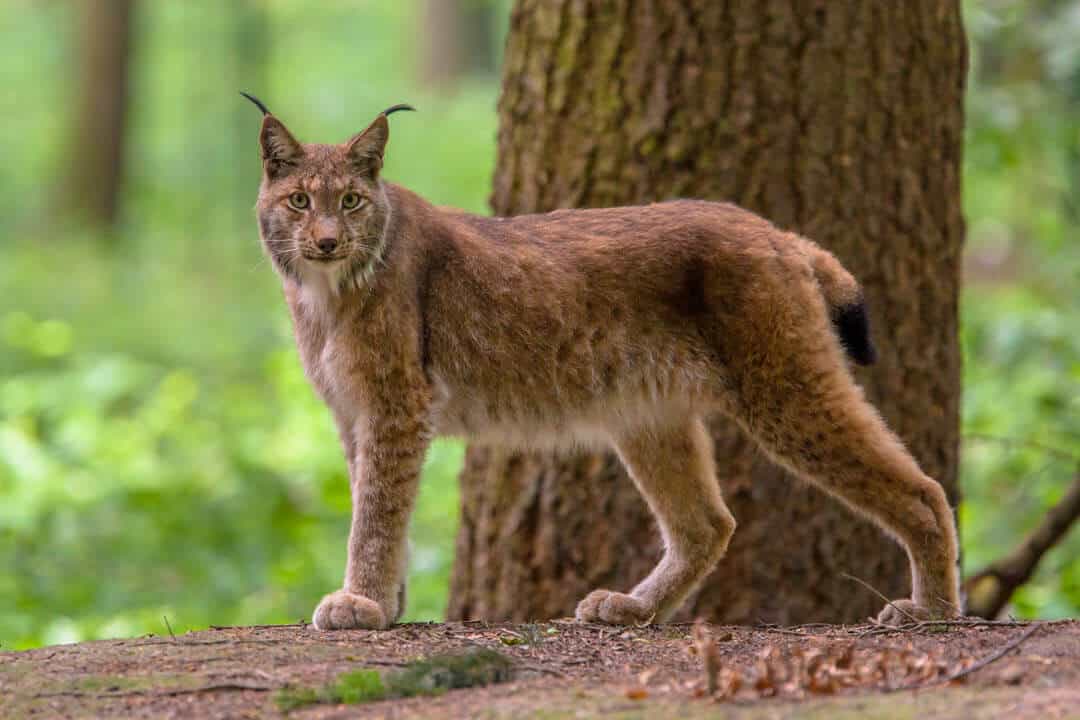
Lynx lynx
Can be found through Europe, Central Asia and Siberia. Founded in forested areas. Reddish-brown coat with black spots. The largest of the four lynx species and the 8th largest wild cat.
Location of Wild Cats in Switzerland
Switzerland is home to two wild cat species: the European wildcat and the Eurasian lynx. Each has specific geographical regions where they thrive, shaped by the country’s diverse landscapes, including the Alps, Jura Mountains, and forested areas.
The European wildcat is a small, elusive cat that looks a bit like a house cat but prefers wild, forested areas away from people. In Switzerland, it’s mostly found in the Jura Mountains, a hilly, forested region in the northwest along the border with France. This area has lots of broad-leaved and mixed forests—perfect for the wildcat because it offers cover for hunting and hiding. They like places with dense trees and undergrowth, where they can stalk small prey like rodents and birds.
You can also spot them in parts of the Swiss Plateau, the flatter region between the Jura and the Alps, though it’s less common because this area has more human activity and fragmented forests. They’ve been seen in forests near rivers or along the edges of wooded areas here. The wildcat avoids the high, rocky Alps since it prefers lower, wooded habitats over open or snowy terrain. Their range is patchy, though, because they stick to spots where they won’t run into too many people or pet cats, which can mix with them and mess up their wild genes.
The Eurasian lynx is bigger and more adaptable, with a wider range across Switzerland. It’s a forest dweller too, but it can handle rugged, mountainous areas better than the wildcat. The lynx is mainly found in two big regions:
Jura Mountains – Like the wildcat, the lynx roams the Jura, especially in the northern parts. Here, they use the dense forests to hunt roe deer and chamois, their favorite prey. The Jura’s mix of woods and rocky spots suits their ambush-hunting style. Approximately one-third of Switzerland’s lynx (around 80-100 out of 250 total in 2019) reside here, with their range extending from Lake Geneva to the northeast.
Swiss Alps – The lynx is more common in the Alps, especially on the northern side, stretching from Lake Geneva in the west to Lake Constance in the east. This includes areas such as the northern Valais and the Surselva region in Graubünden. They thrive in the mixed forests and higher, rocky areas up to about 2,500 meters, where they can find deer and other prey. The Alps host about two-thirds of the country’s lynx population. However, they’re less common in the southern Valais, Ticino, and parts of eastern Central Switzerland, such as between Lake Lucerne and Lake Walen, where the habitat has not yet been fully settled by them.
The lynx avoids the Central Plateau mostly because it’s full of towns, roads, and farms—too busy and broken up for them to feel at home. They need big, connected forests or mountain areas to roam their large territories, which can be hundreds of square kilometers.
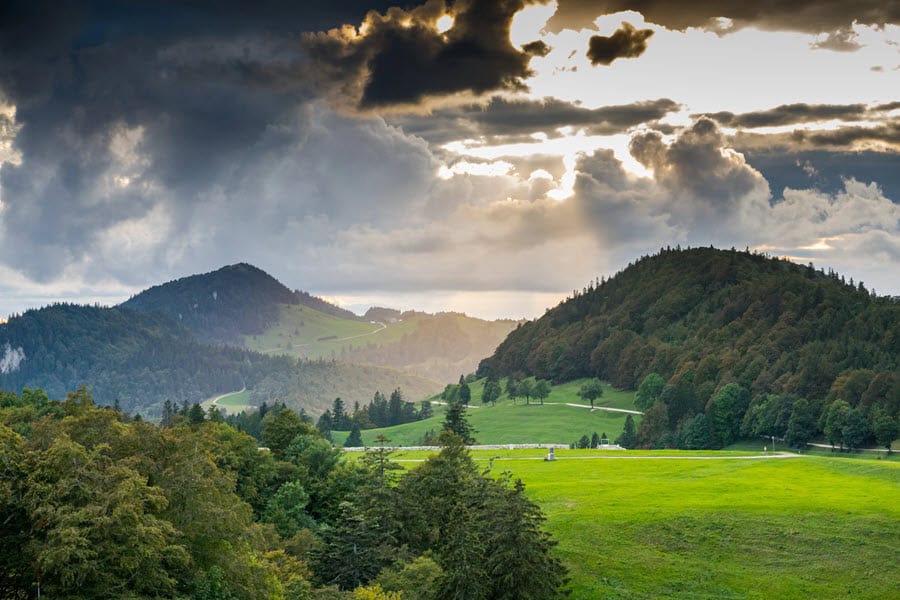
Jura Mountains in Switzerland
How They Share Switzerland
The European wildcat and Eurasian lynx overlap a bit in the Jura Mountains, but they don’t compete much. The wildcat sticks to lower, denser forests and hunts smaller animals, while the lynx roams higher or wider areas, going after bigger prey. The Alps are pretty much lynx-only territory, while the wildcat might pop up in quieter corners of the Plateau. Both were wiped out in Switzerland long ago but came back—the wildcat naturally over time, and the lynx through reintroduction starting in the 1970s from Carpathian stock. Now, they’re carving out their own spaces in Switzerland’s wild corners!
Wild Cat Conservation in Switzerland
The wild cats in Switzerland face several conservation issues that make it tough for them to thrive. Here’s a look at the main problems for each:
Switzerland European Wildcat Conservation
Mixing with Domestic Cats (Hybridization): The biggest problem is that European wildcats breed with house cats when they get too close to towns or farms. This mixes their genes, making fewer “pure” wildcats over time. It’s hard to stop because pet cats roam free in rural areas, especially near forests in the Jura Mountains and Swiss Plateau where wildcats live.
Habitat Loss: Forests where wildcats hunt small animals like mice and birds are getting chopped up by roads, houses, and farms, especially on the Swiss Plateau. This leaves them with less space to live and hide, pushing them into smaller, scattered patches of woods.
Human Confusion: People sometimes mistake wildcats for regular cats and accidentally trap or hurt them. Since they look alike, it’s tricky to protect them without teaching everyone the difference.
Switzerland Eurasian Lynx Conservation
Small Population and Inbreeding: Switzerland has about 250-300 lynx (based on 2019 estimates, with numbers growing slowly), mostly in the Jura and Alps. But because they started with just a few reintroduced lynx in the 1970s, their gene pool is small. This inbreeding can make them less healthy and weaker over time. Conservationists try bringing in new lynx from places like the Carpathians to mix things up, but it’s a slow fix.
Habitat Fragmentation: Roads, ski resorts, and towns in the Alps and Jura break up the big areas lynx need to roam and hunt deer or chamois. A single lynx needs tons of space—up to 100-300 square kilometers—so when forests get split, it’s harder for them to find food and mates.
Conflicts with Farmers: Lynx sometimes kill livestock like sheep, especially in the Alps. Farmers get mad and might illegally hunt them, even though lynx are protected. The government pays farmers for lost animals to calm things down, but not everyone’s happy, and it’s still a problem.
Prey Availability: If deer or chamois numbers drop (from disease or hunting), lynx go hungry. This isn’t a huge issue now, but it could be if prey gets scarce in their mountain homes.
Shared Conservation Problems
Road Accidents: Both wildcats and lynx get hit by cars on busy roads cutting through their habitats, like in the Jura or along Alpine valleys. This kills some every year and makes it risky to move between forest patches.
Weather: Warmer weather and less snow in the Alps might mess with prey animals and forest growth, which could affect both cats down the line. It’s not a big deal yet, but scientists are watching it.
What’s Being Done
Switzerland protects both species with laws—no hunting allowed. For lynx, reintroduction programs and monitoring (like with GPS collars) help track and grow their numbers. For wildcats, efforts focus on keeping forests big and keeping pet cats away from wild areas. Groups like Pro Natura and the Swiss government work on building “green bridges” over roads to connect habitats. It’s working—lynx numbers are up from zero a century ago, and wildcats are holding on—but these issues still need attention.

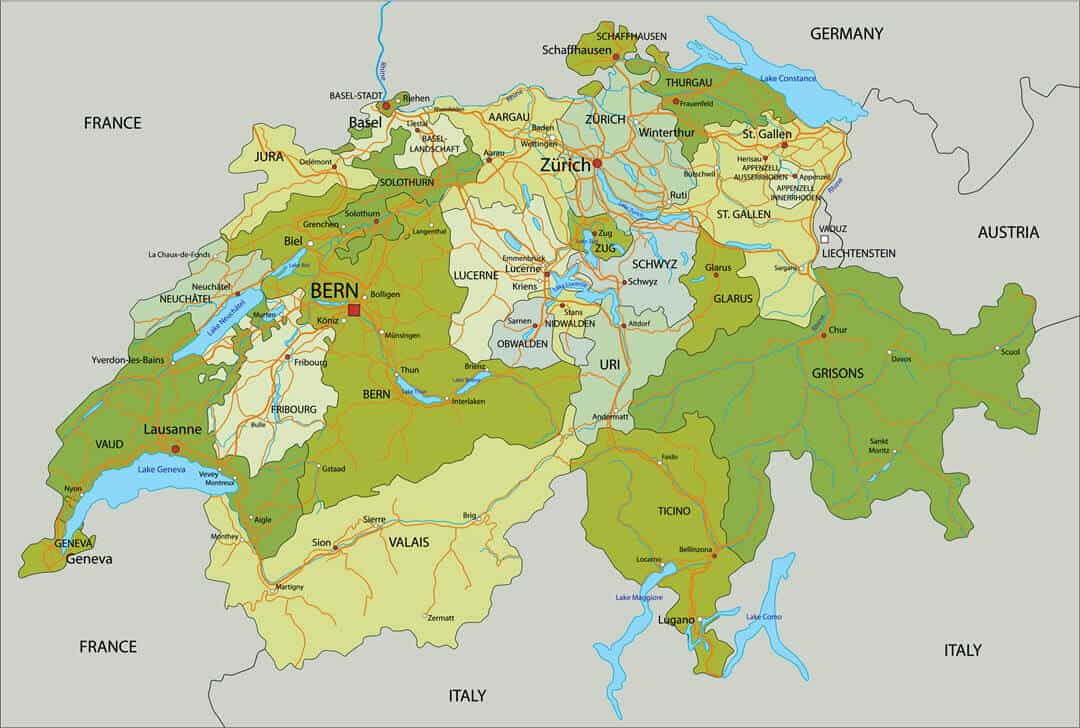

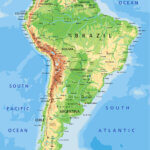

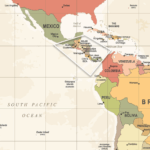



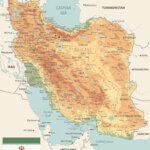


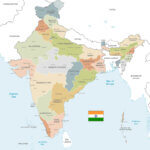


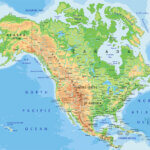
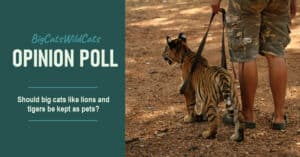

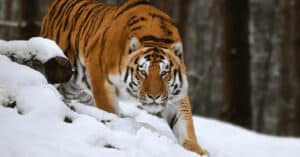
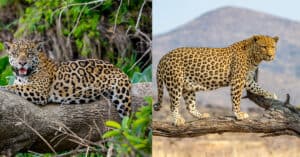
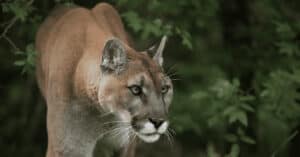
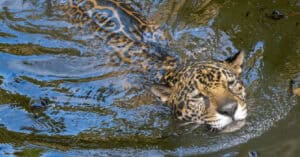
0 Comments